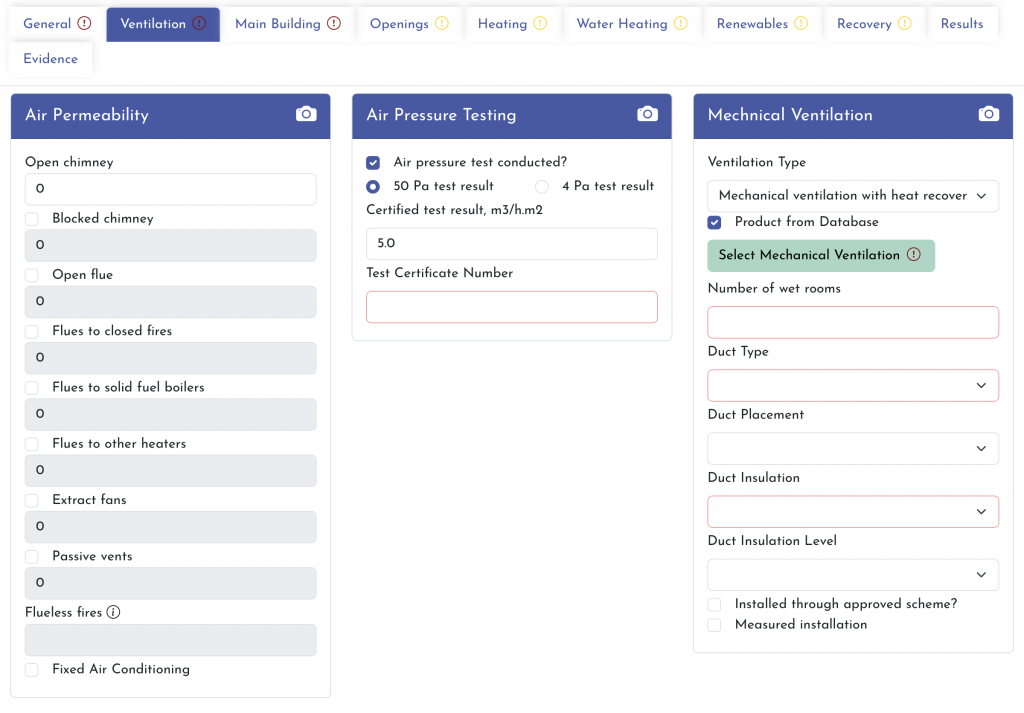
Energy Performance Certificates (EPC) for existing homes are calculated using a government-approved methodology called the Reduced Data Standard Assessment Procedure (RdSAP). On June 15th 2025, RdSAP 10 was introduced, replacing the RdSAP 9, which has been in use since 2007.
Quite a lot has changed, requiring measurements such as window dimensions and allowing additional data such as air permeability test results to be entered.
This means that EPCs calculated using RdSAP 10 are more precise, bringing tangible benefits for homeowners.
Here is a summary of the changes:
1. A More Detailed and Thorough Assessment. The on-site survey is now more rigorous, collecting more specific data points. This includes precise measurements of all windows and more detailed information about complex features like loft conversions (‘room in roof’ spaces). This thorough approach means the final EPC rating will be a more robust and accurate reflection of your property.
2. Better Recognition for Modern Technologies. Until RdSAP 10 went live, there was no way to input systems like battery storage and heat diverters. If you have invested in making your property more sustainable, then this will be reflected in your energy rating for the first time.
3. A Truer Picture of Energy Efficiency By capturing more nuanced details such as air permeability and the thermal conductivity of insulation, RdSAP 10 provides a more realistic assessment of your home’s overall thermal performance.
The fundamentals of EPCs haven’t changed, including some of the limitations. EPCs are an asset rating system that help compare one home with another. EPCs make assumptions about how many people occupy a home based on floor area and how those occupants consume energy using different appliances and systems.
With the Future Homes Standard just around the corner and introduction of the new Home Energy Model, RdSAP 10 won’t be the last change to EPCs – but it is certainly more than just a version change. RdSAP 10 marks the biggest change to EPCs for existing homes since EPCs were first introduced in August 2007.
How do I know what kind of EPC I have?
Look at the back page of your certificate or scroll to the bottom if you’re viewing your certificate online. Look at the “date of certificate” box: if this says June 15th 2025 or later, then your EPC has been calculated using RdSAP 10. If not, then you are using RdSAP 9.
If you can’t find your existing EPC, check out the government’s Find an EPC website.
How we have prepared for RdSAP 10
RdSAP 10 means that instructing an assessor with the right skills, knowledge and experience is more important than ever. Morewood Sustainability is committed to providing the highest quality service. I use the latest iQ Energy software from Quidos Certification and have undertaken comprehensive training to ensure every assessment is accurate and complete.
Whether you’re selling your home, managing a rental portfolio, or planning energy-saving upgrades, I am able to help you navigate these changes.
Do you have questions about how RdSAP 10 will affect your property’s EPC rating? Contact us for clear, straightforward advice:
- You can phone us at: 01822 752 961
- You can email us at: office@morewoodsustainability.com